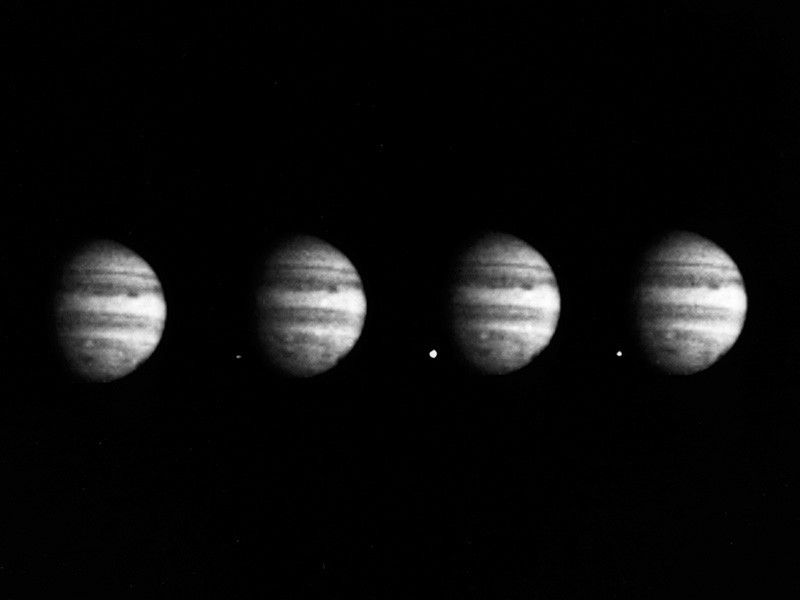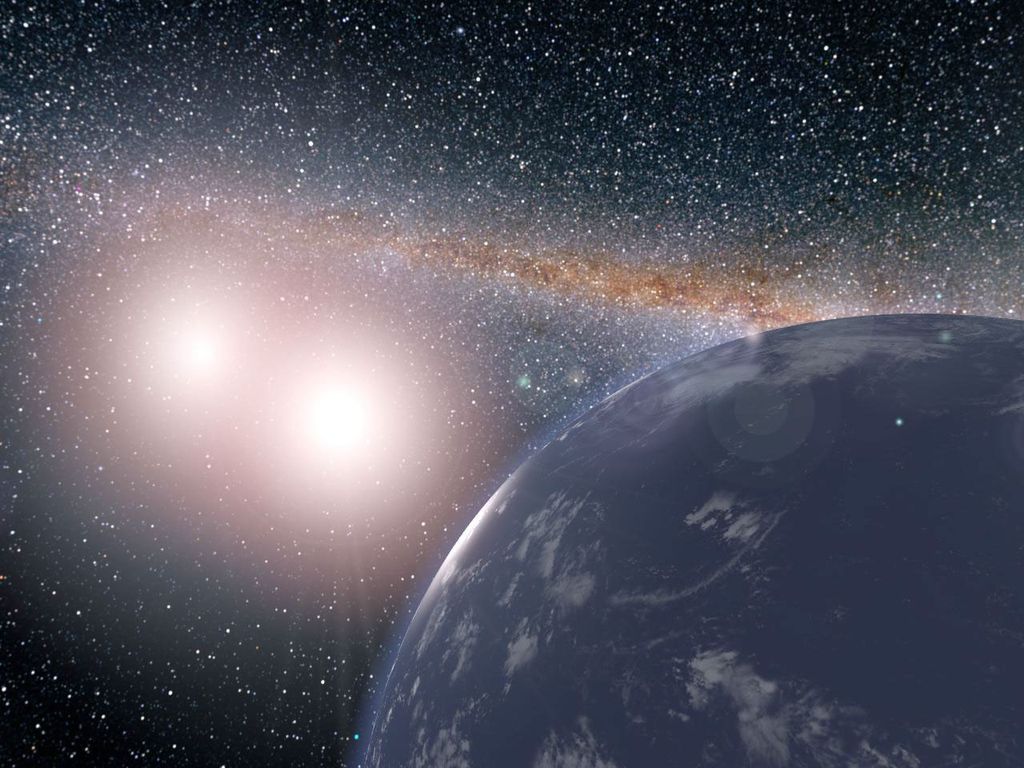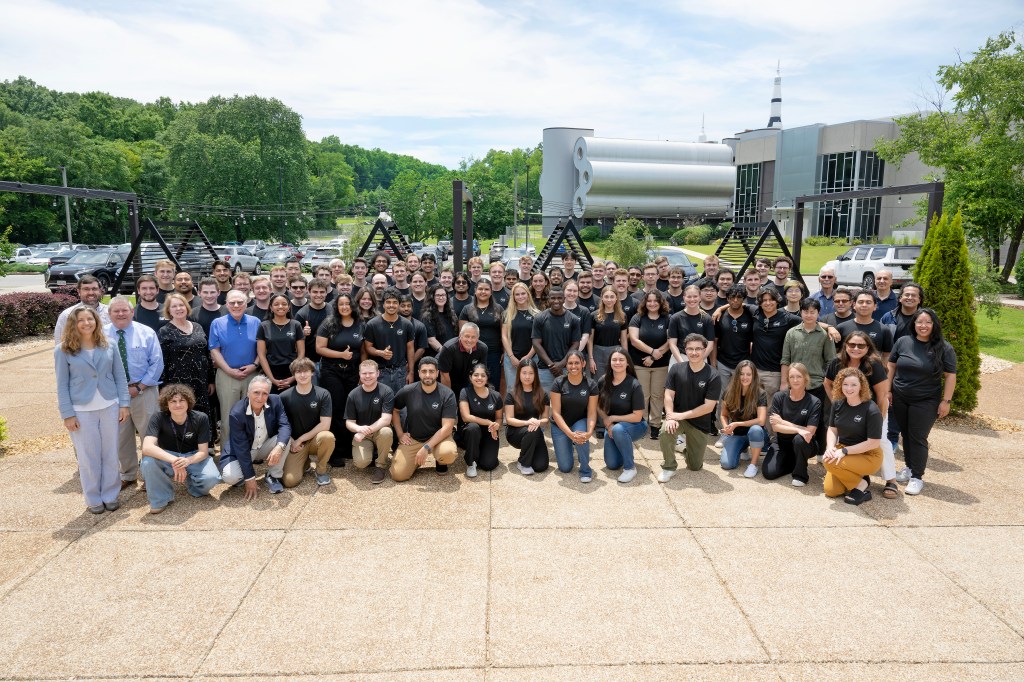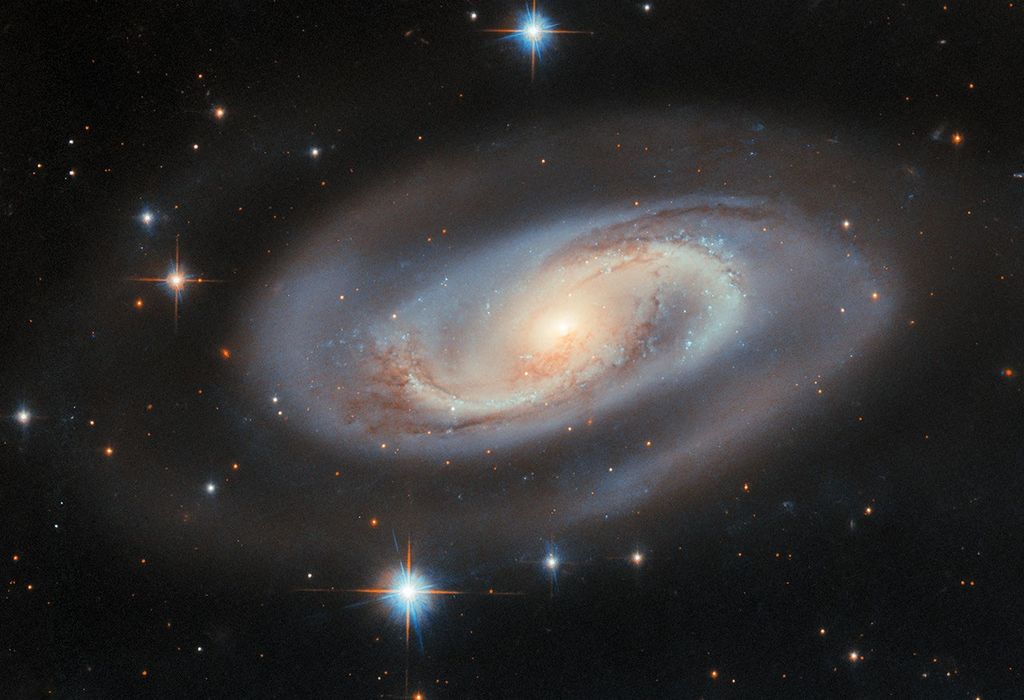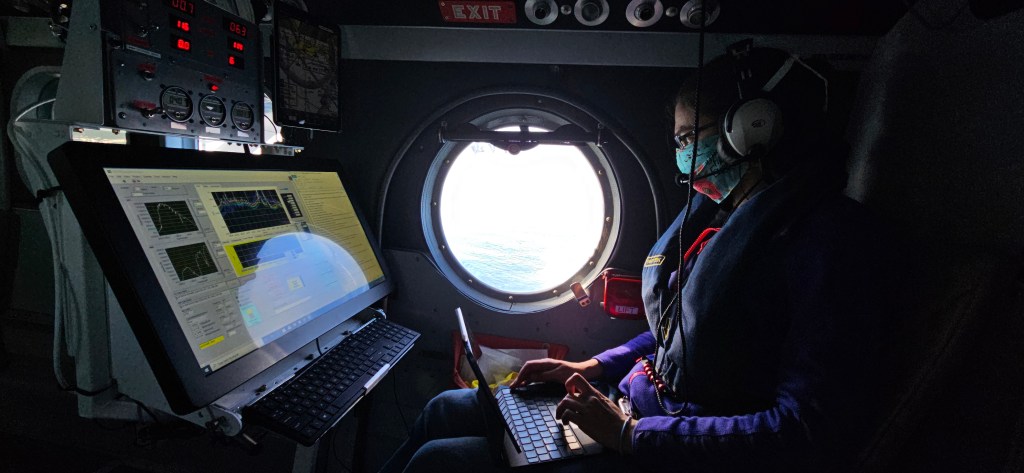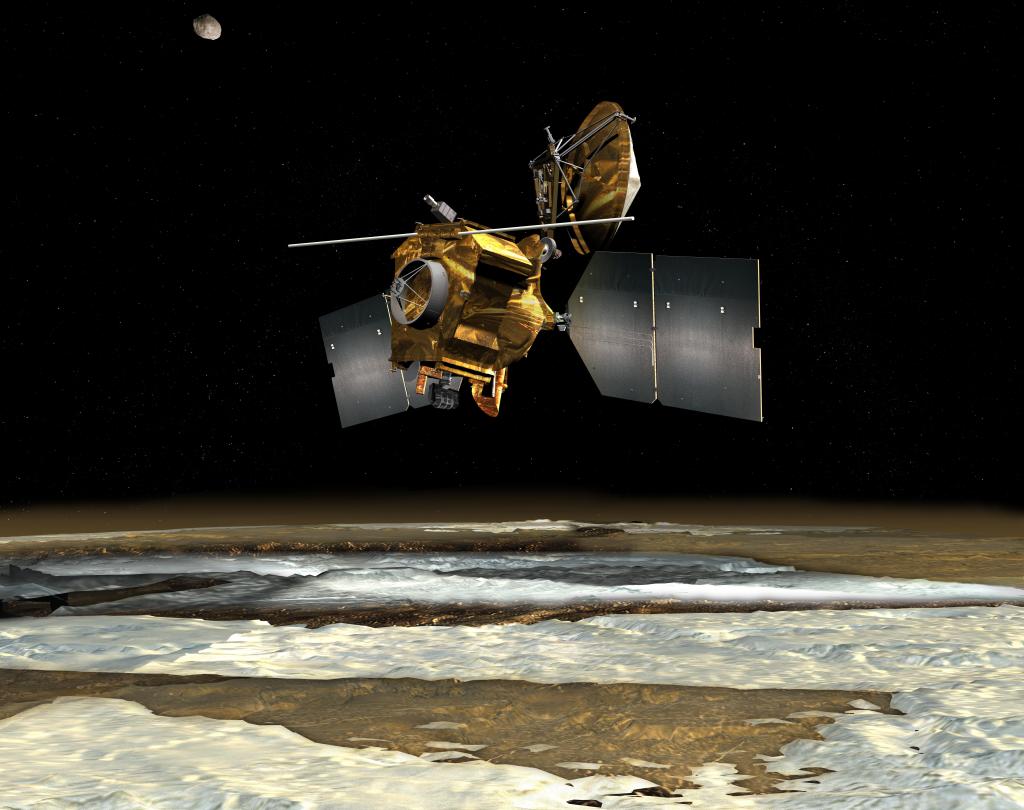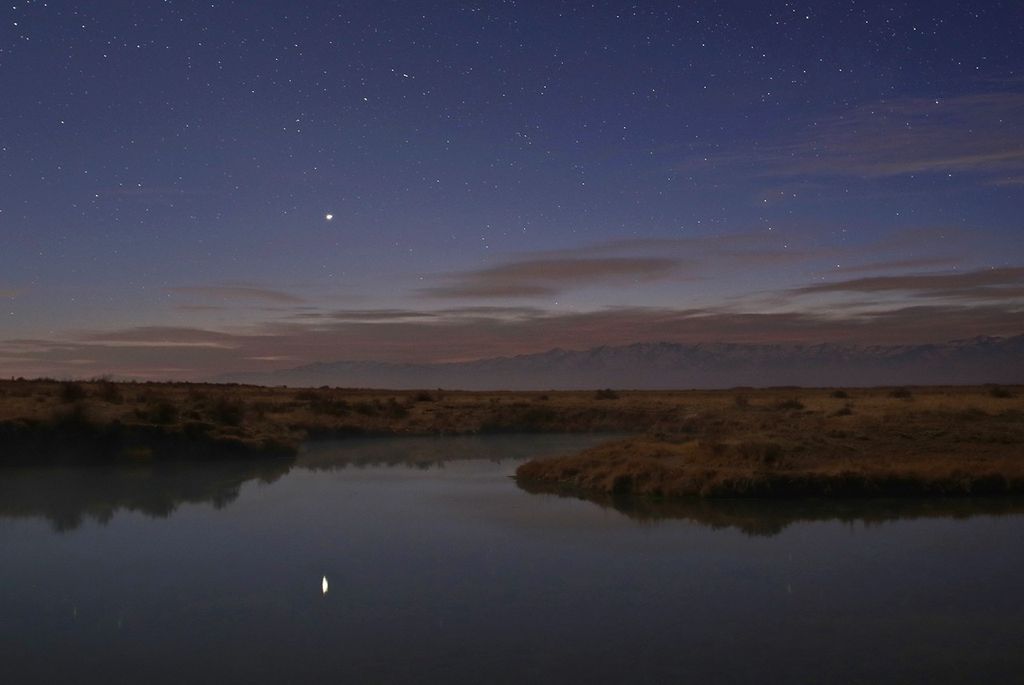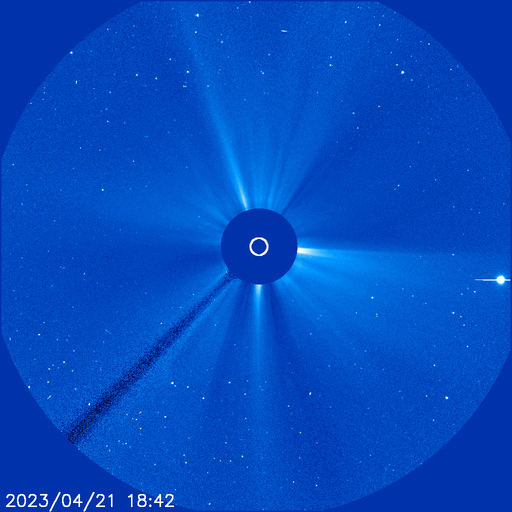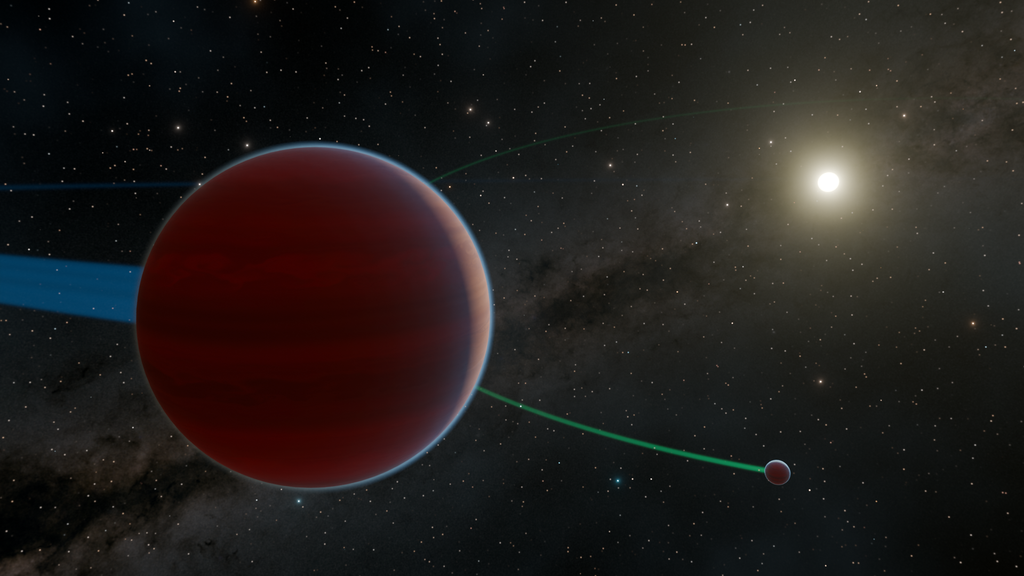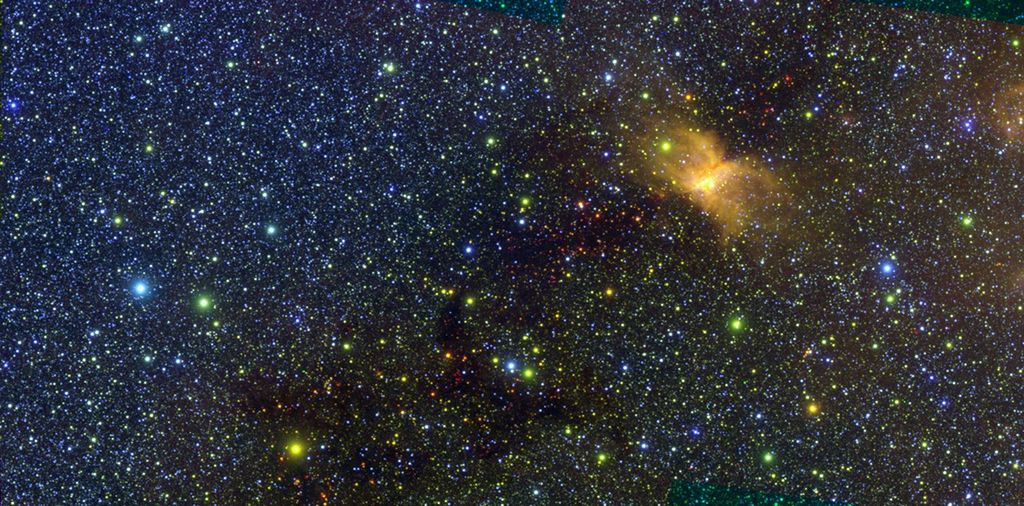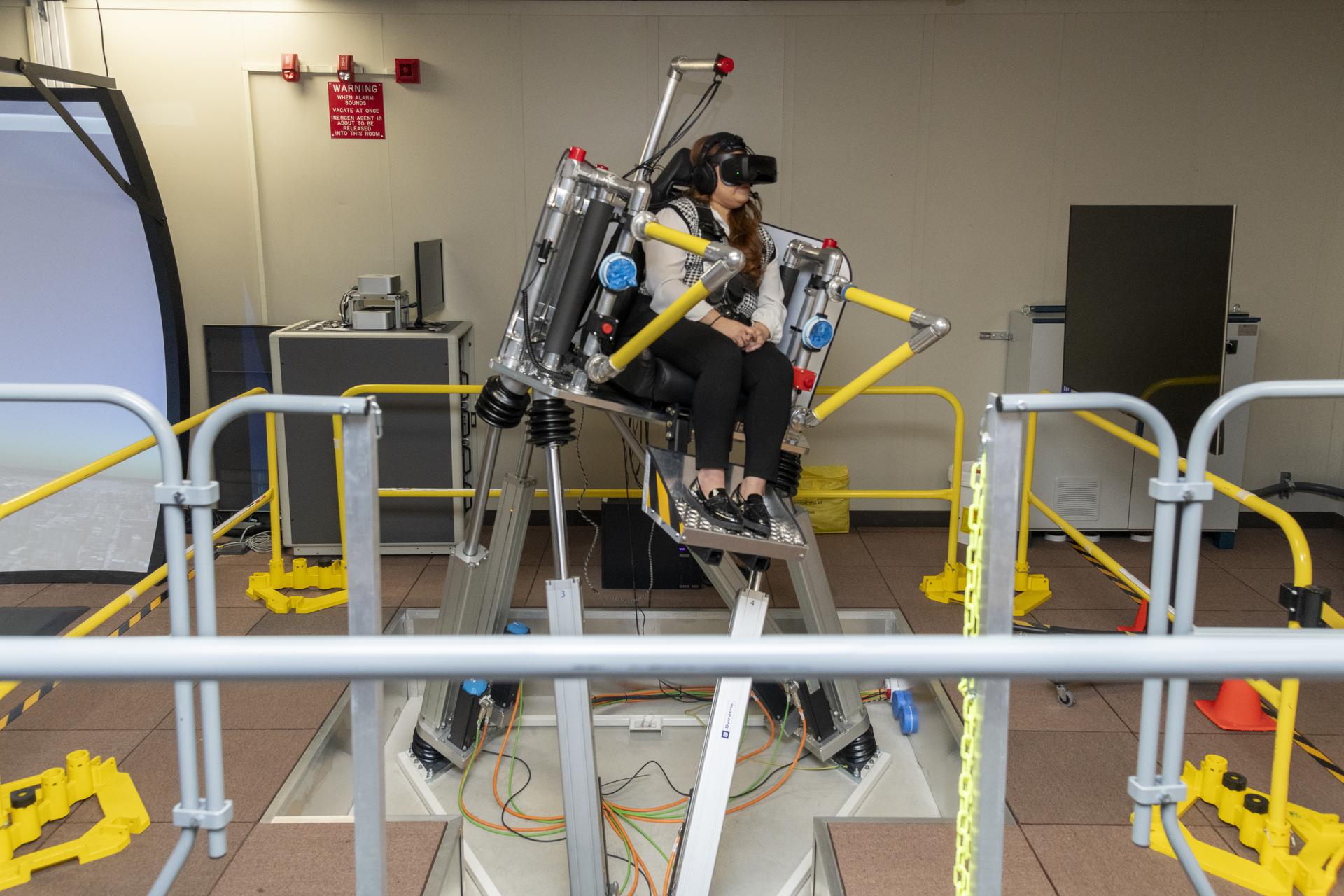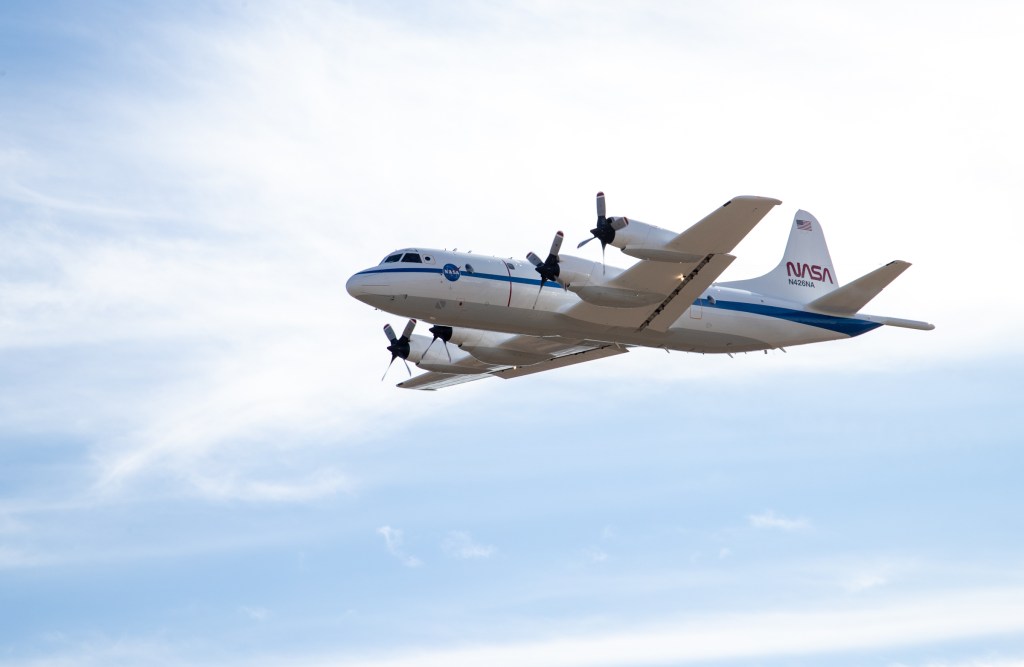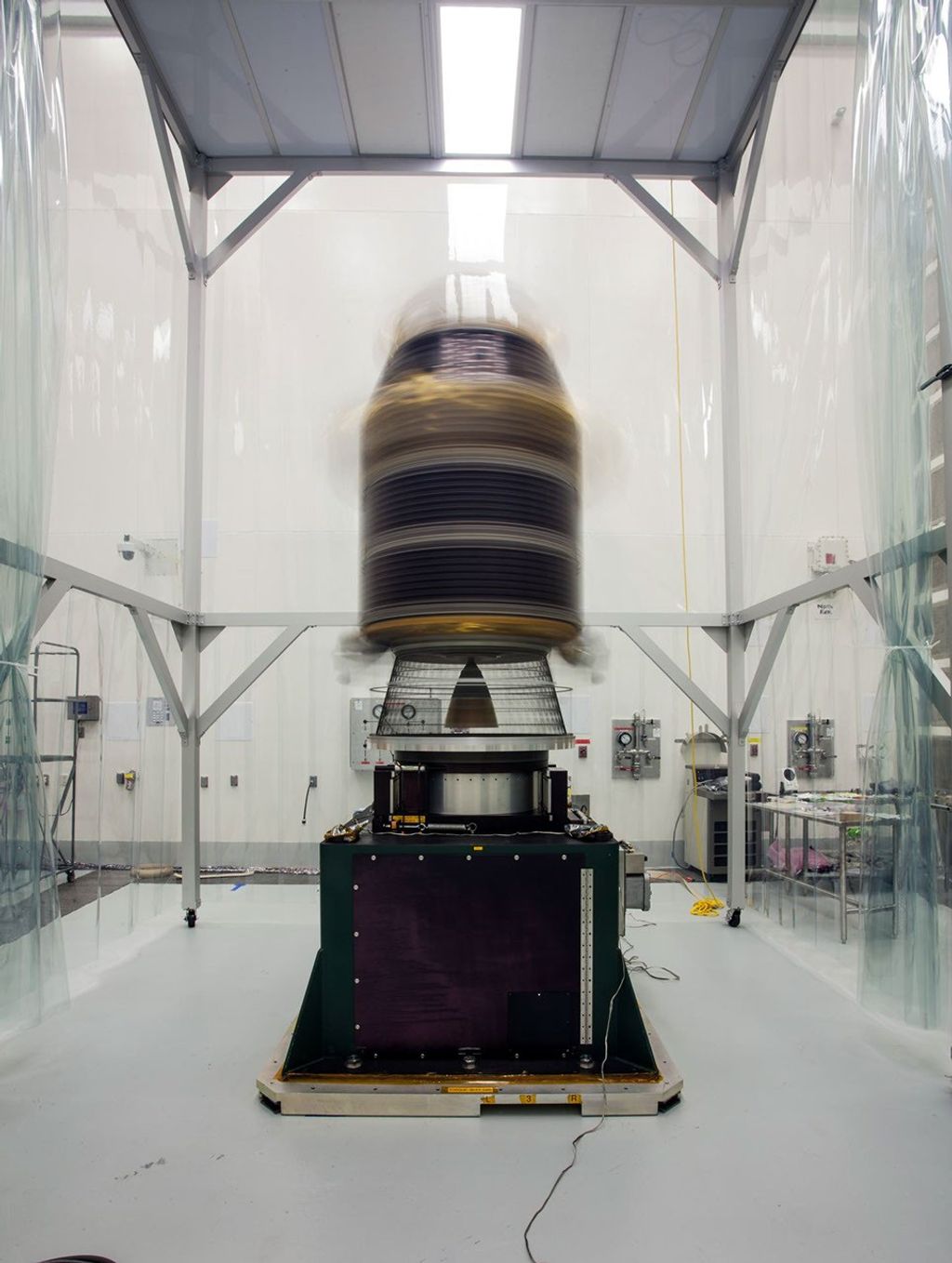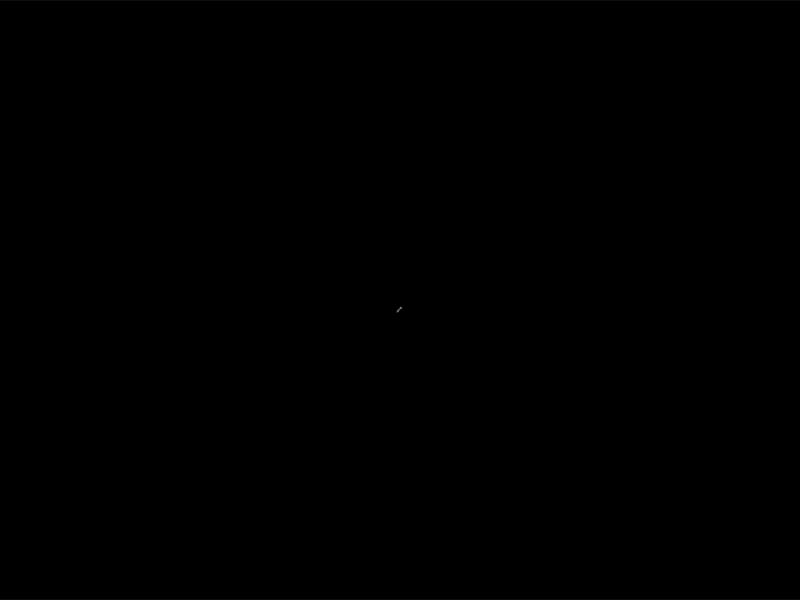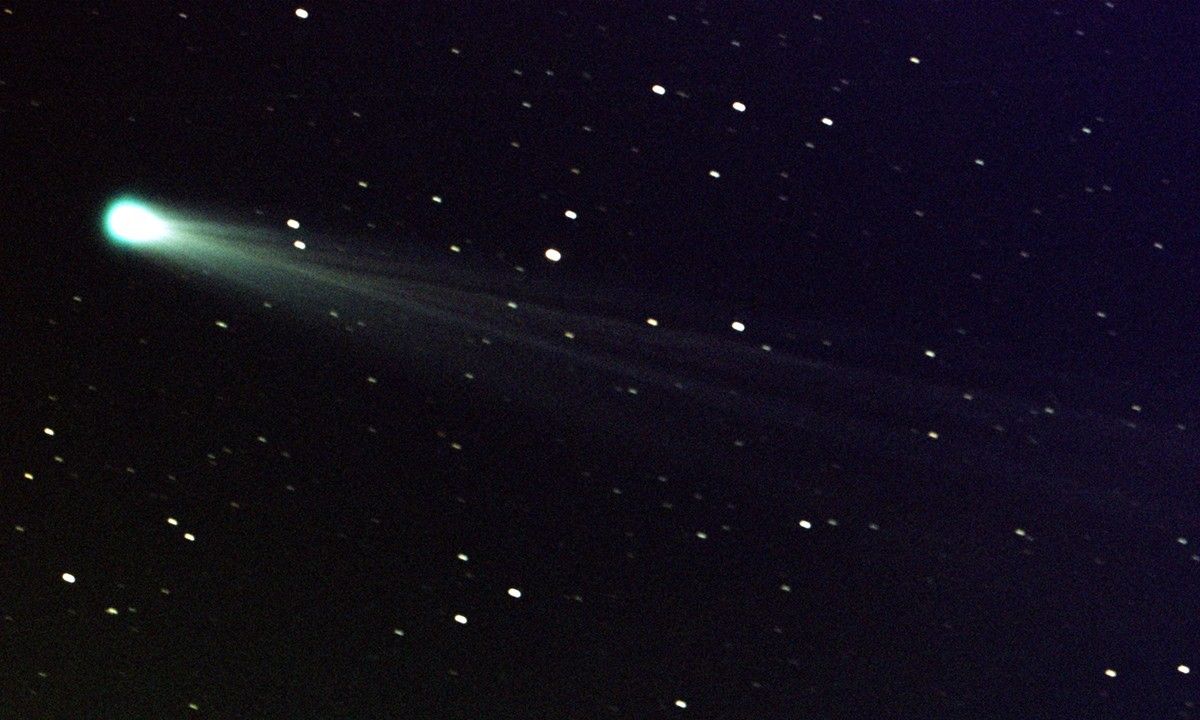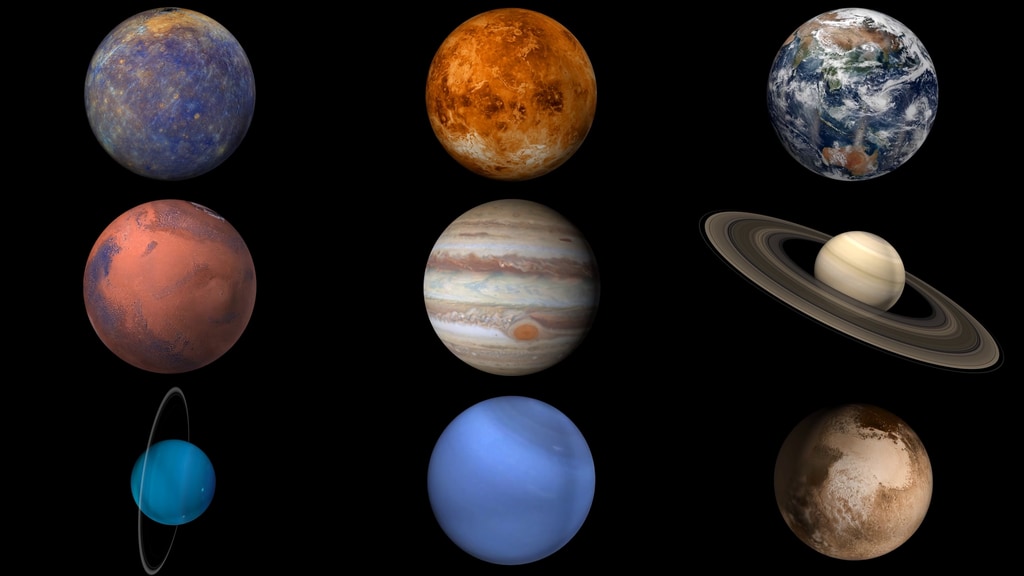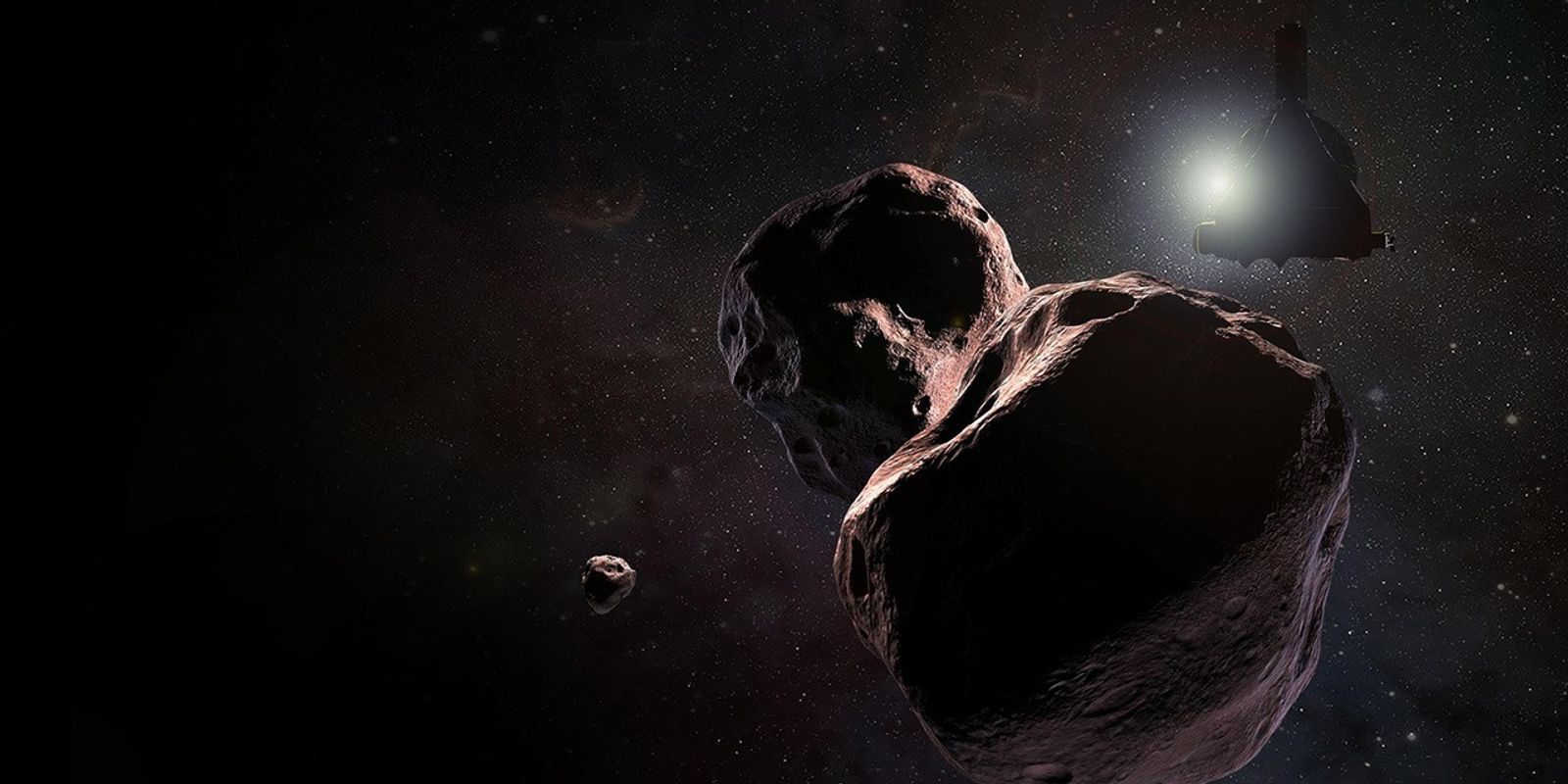Introduction
Comets are cosmic snowballs of frozen gases, rock, and dust that orbit the Sun. When frozen, they are the size of a small town. When a comet's orbit brings it close to the Sun, it heats up and spews dust and gases into a giant glowing head larger than most planets. The dust and gases form a tail that stretches away from the Sun for millions of miles. There are likely billions of comets orbiting our Sun in the Kuiper Belt and even more distant Oort Cloud.
Interstellar Object Enters Solar System; Only Third Ever Seen
Comet 3I/ATLAS poses no threat to Earth and will remain far away, coming only about as close as the orbit of Mars. It should remain visible to ground-based telescopes through September 2025, pass behind the Sun, then reappear on the other side of the Sun by early December 2025. ‘Oumuamua was the first known interstellar object, when discovered in 2017; the second was 2I/Borisov, which was discovered in 2019.
Learn More About Interstellar Comet 3I/ATLAS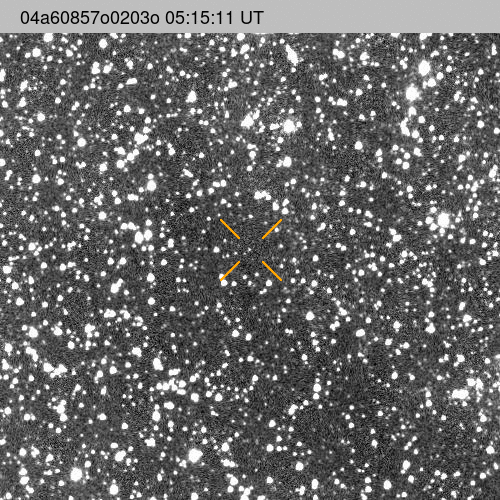
Eyes on the Solar System
Featured Comets
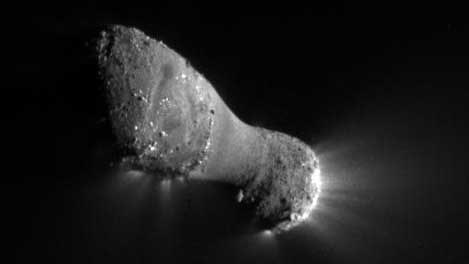
Comet 103P/Hartley (Hartley 2)
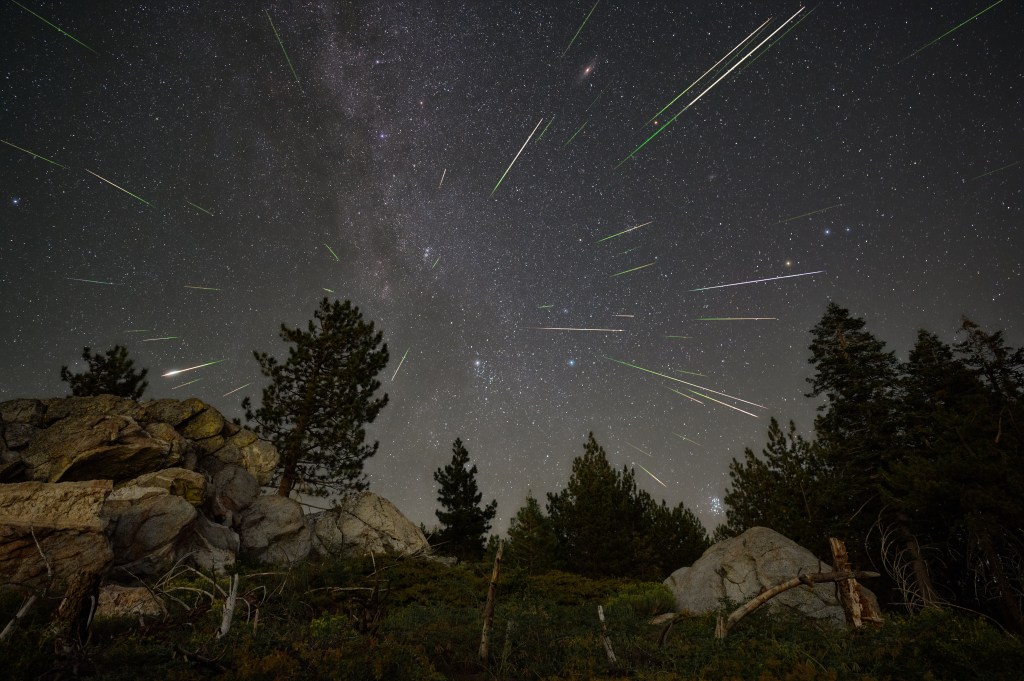
109P/Swift-Tuttle
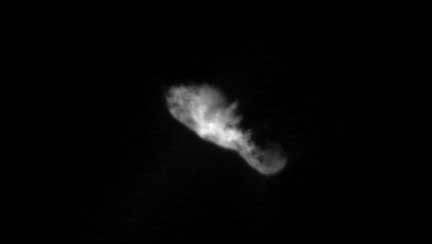
Comet 19P/Borrelly
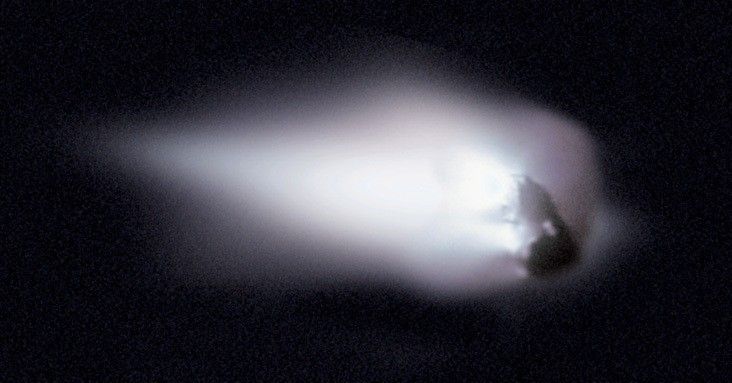
1P/Halley
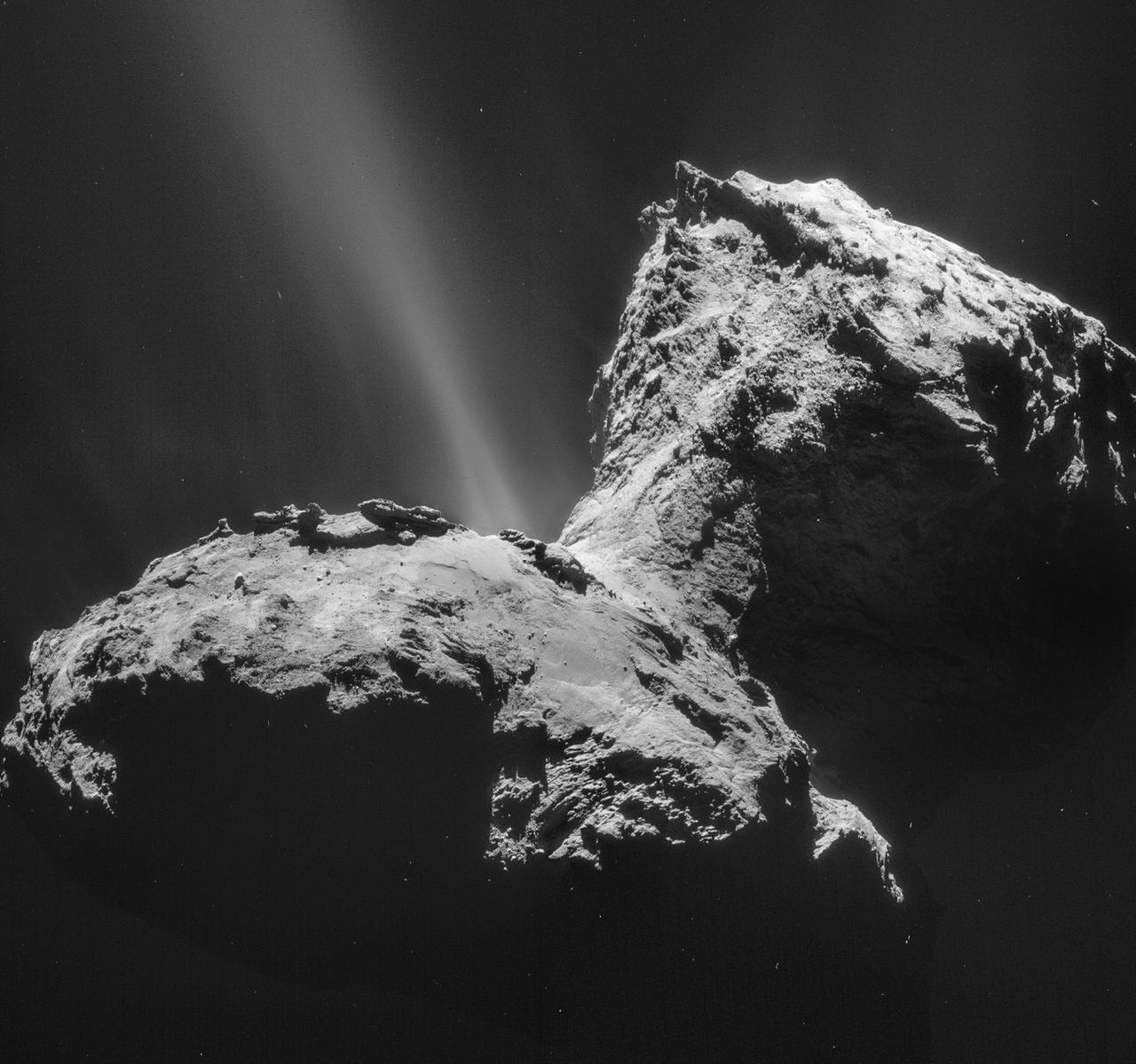
67P/Churyumov-Gerasimenko
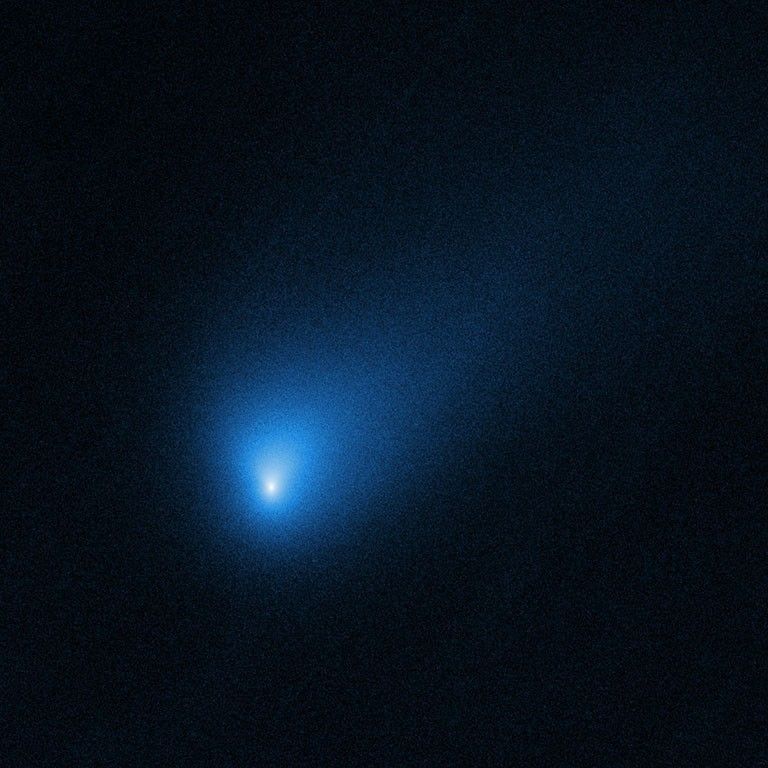
Comet 2I/Borisov
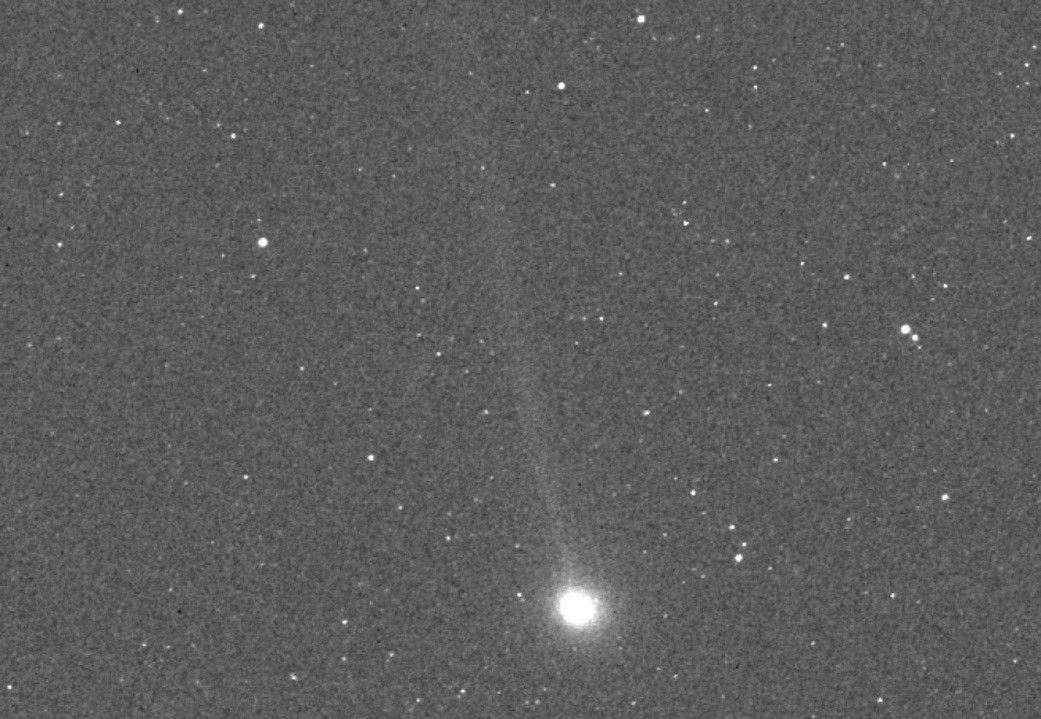
2P/Encke
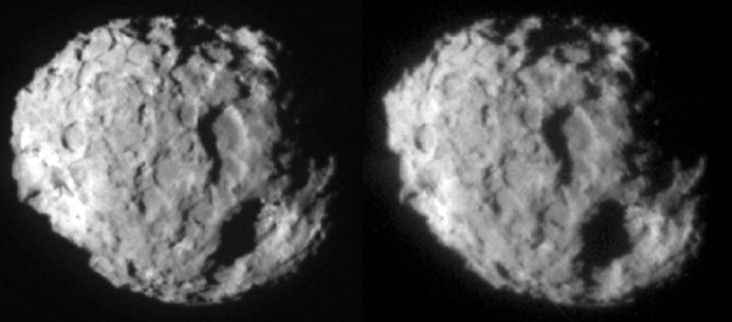
81P/Wild (Wild 2)
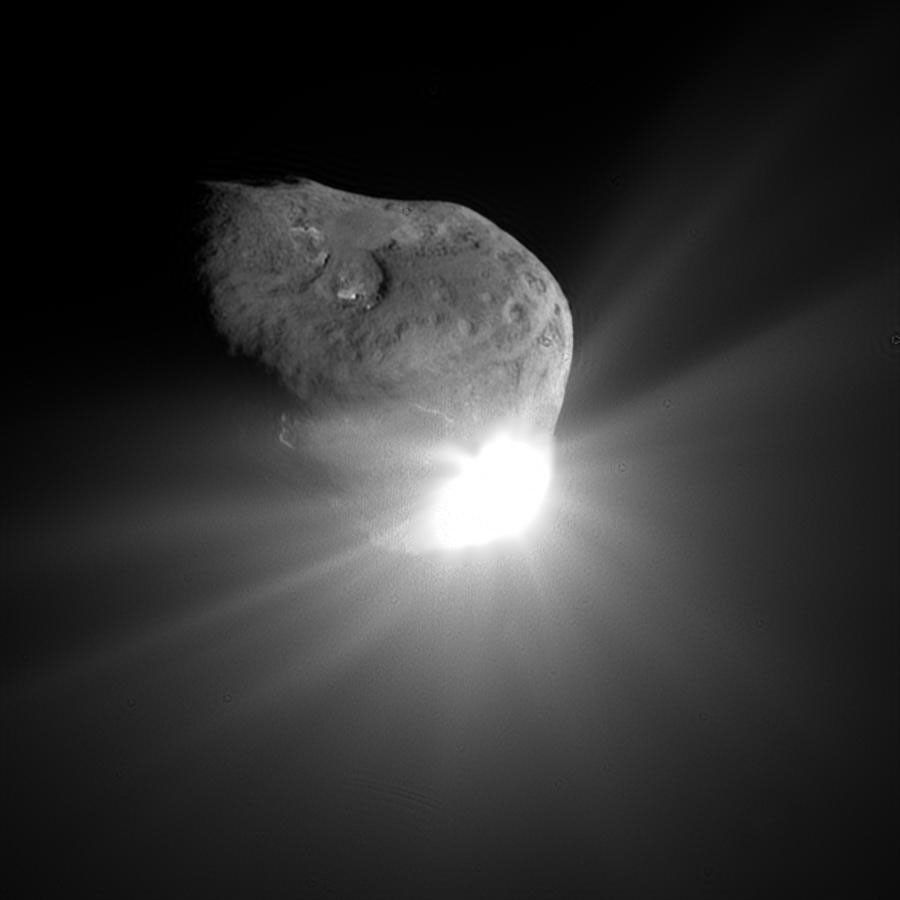
9P/Tempel 1
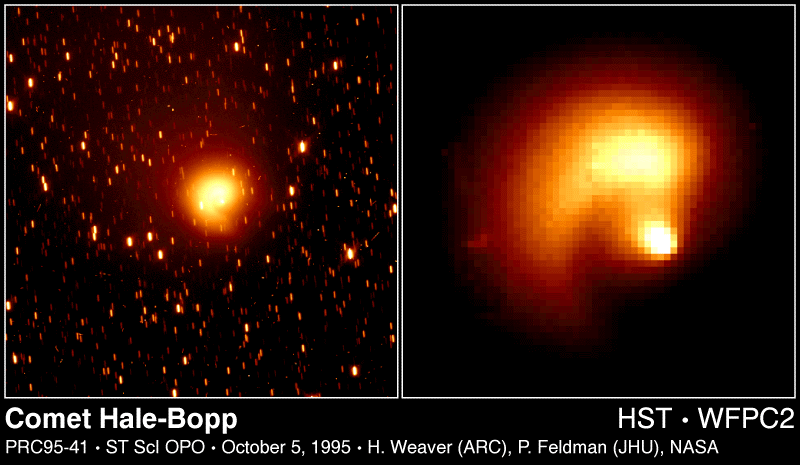
C/1995 O1 (Hale-Bopp)
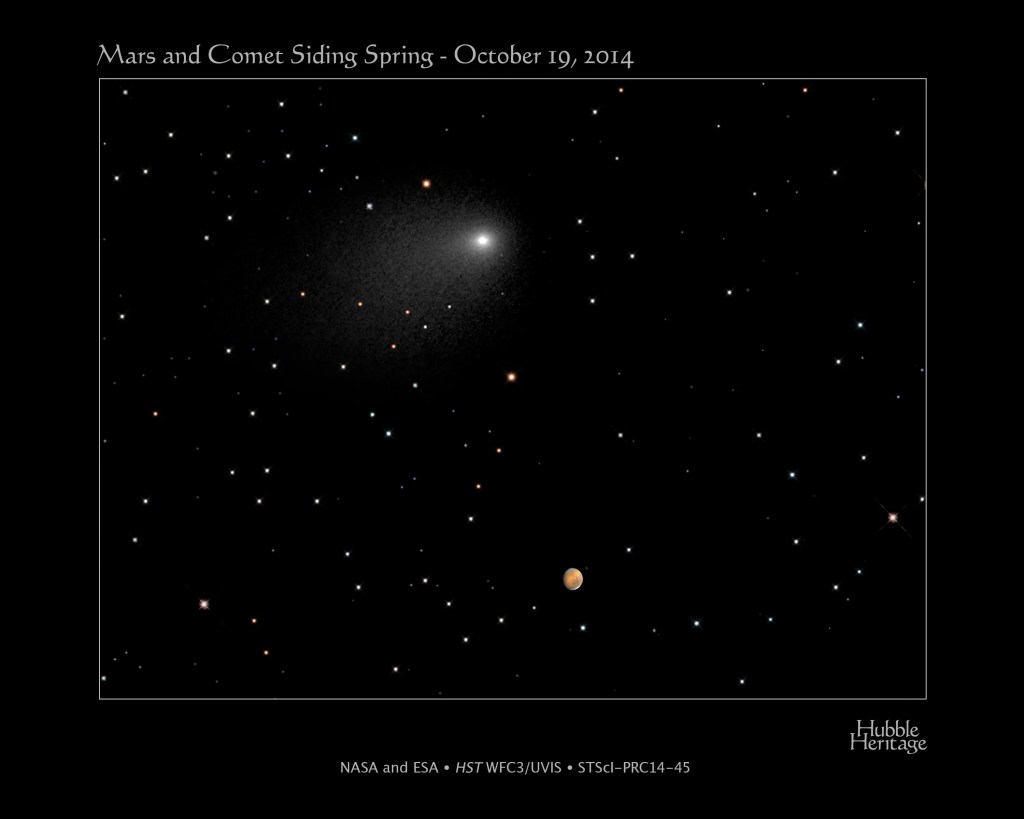
C/2013 A1 Siding Spring
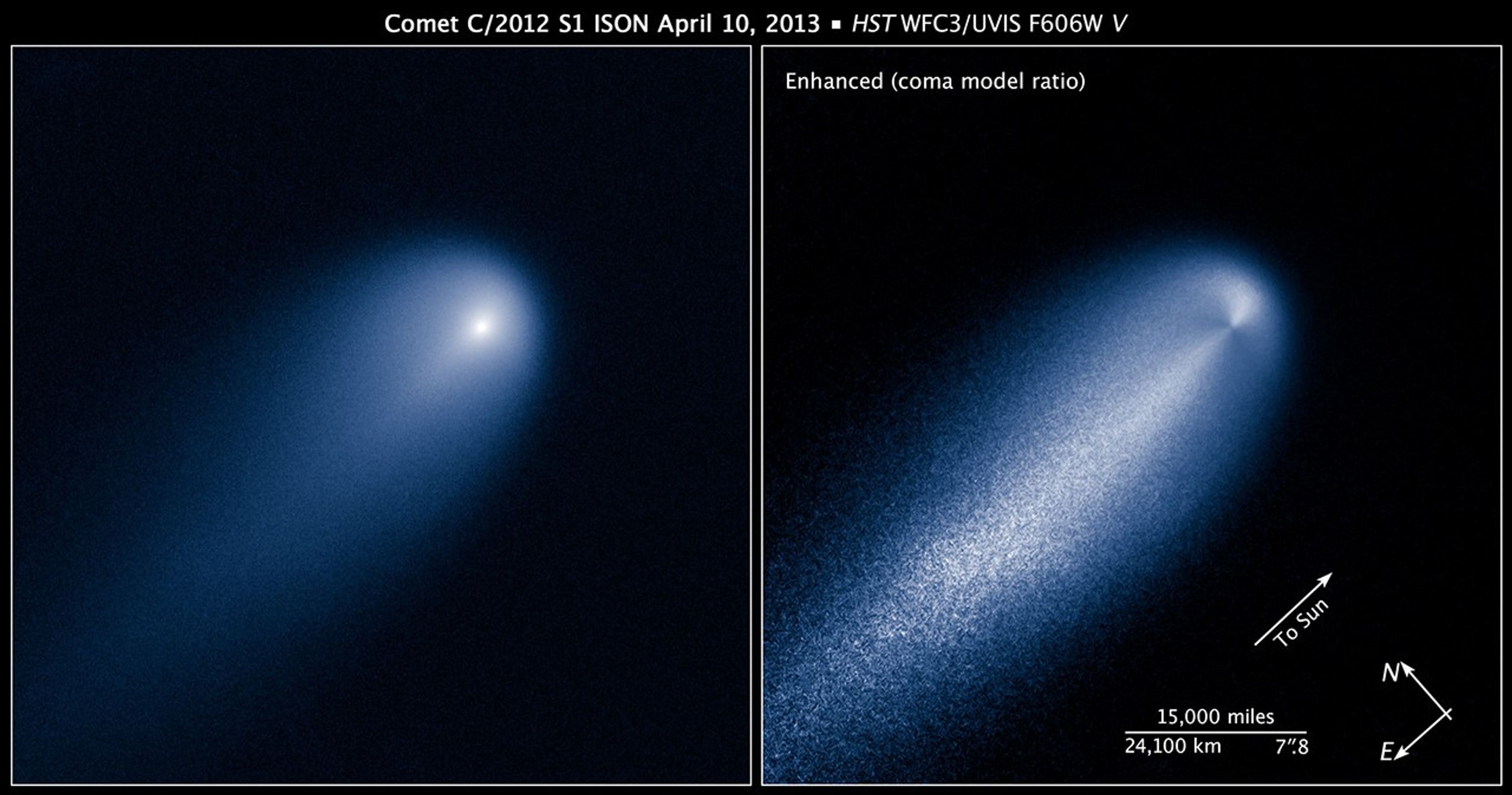
C/2012 S1 (ISON)
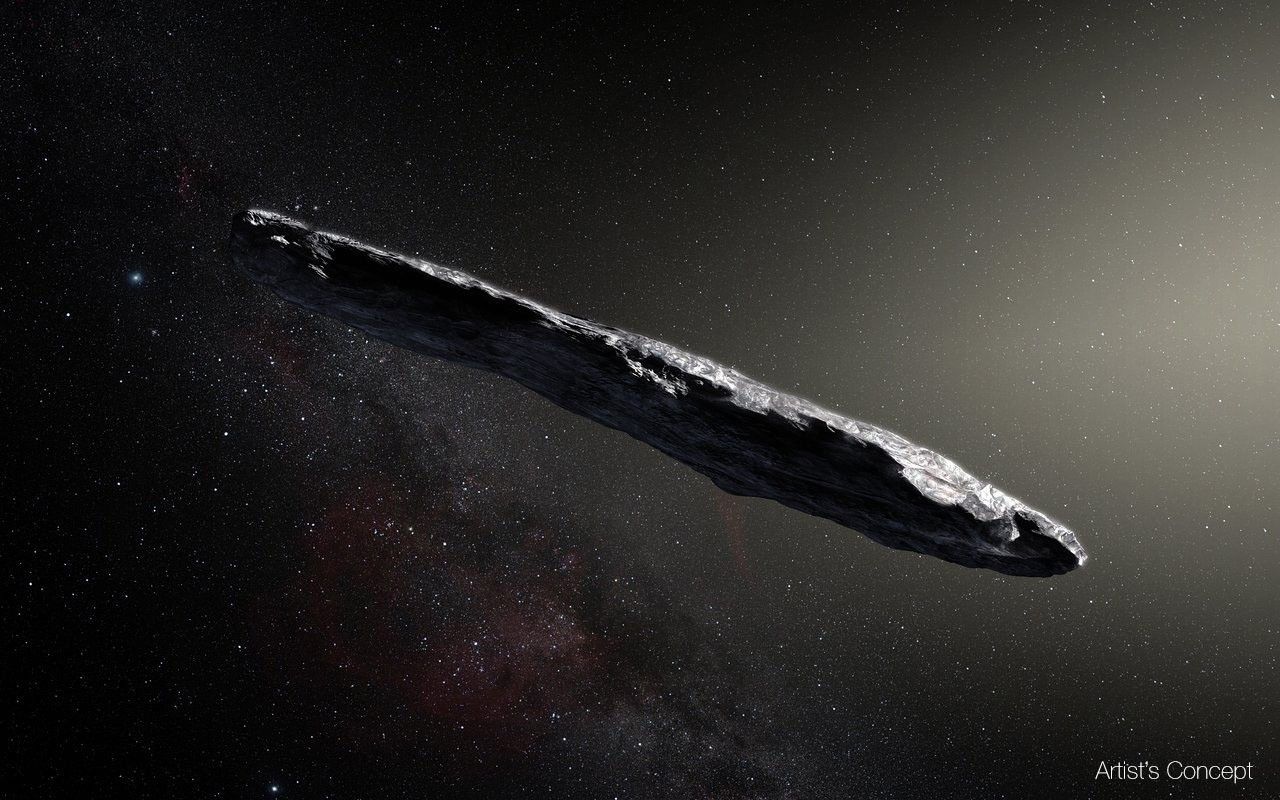
'Oumuamua
